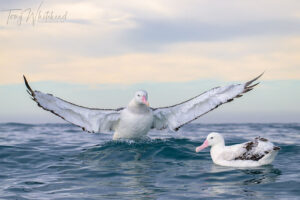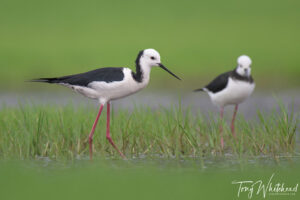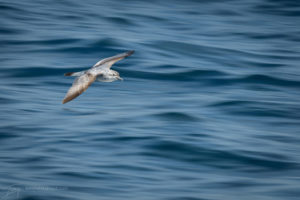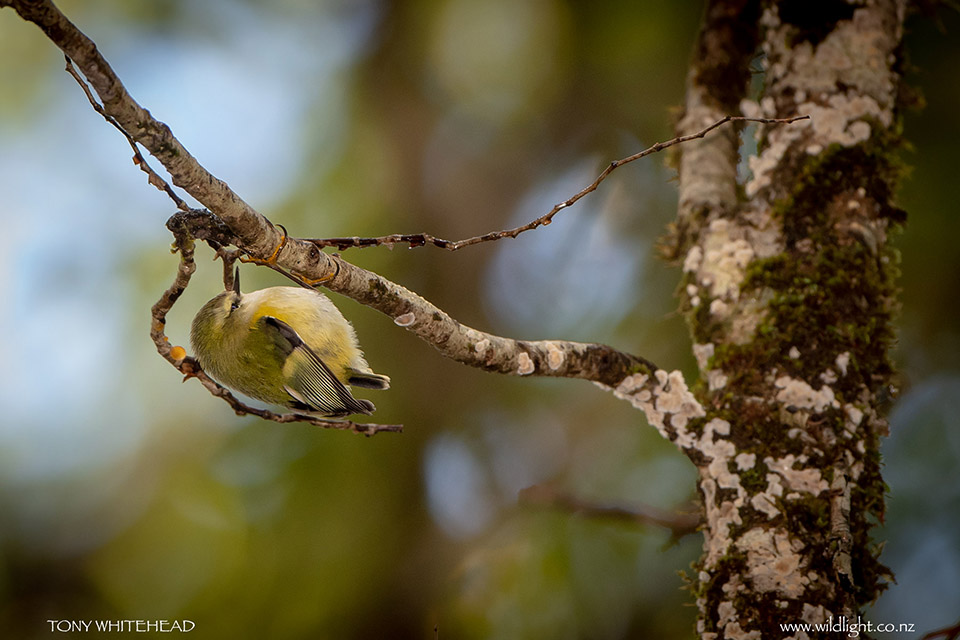
Last year when passing Lake Gunn on the way to spending a few days at Milford Sound we stopped for a couple of hours and I enjoyed exploring the mossy Beech forest. Luckily my high frequency hearing has not yet deteriorated to the point that the high pitched calls of Rifleman are inaudible so I was excited to hear them high in the canopy. Patience was rewarded and I eventually found some moving low enough to get some photos. Nothing too exciting but some record shots and my first usable photos of the species. My hope this time was to get something better which is challenging with a tiny, hyperactive bird that lives in low light forest, often way above eye level.
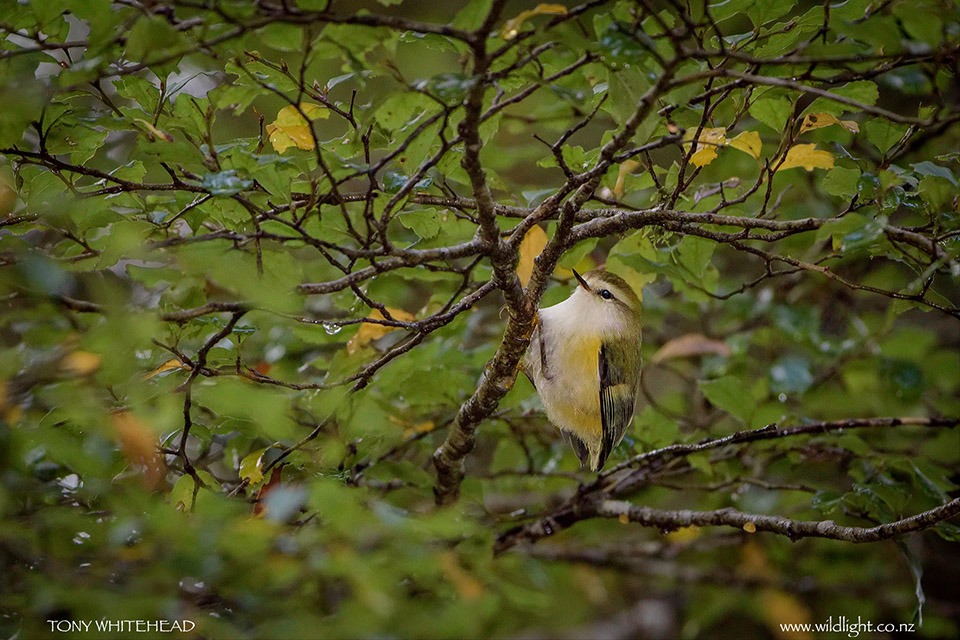
I spent a couple of hours on no more than 300m of forest track, continually hearing Rifleman calls well above my head and occasionally seeing some up in the canopy but well out of range for the type of image I was hoping for. On my last visit I had used the Nikon D500 and Nikon 300mm f4PF lens with is lovely and compact for travelling and quick to get onto a small mobile subject. For the image I was wanting I needed more reach and more light so had travelled with my 500mm f4 lens and monopod and had also packed the Nikon SB900 flash so that I could add light in the dark of the forest. I seldom use flash for bird photography now. In the early days a flash and Better Beamer flash extender were routine equipment. Newer sensors with the better high ISO performance and significantly improved dynamic range have made flash much less important in many situations. In the dark of the forest with small fast moving birds it is a definite help. I routinely use manual exposure setting on the camera and found that for the situation ISO 1600 at f4 gave a shutter speed of 1/250s. The flash synchronised at this speed and using -2.3 stops of flash exposure compensation gave a fairly well balanced result that revealed the colours and textures of the bird but didn’t look too “flashed” as the ambient light gave a reasonable exposure of the background.
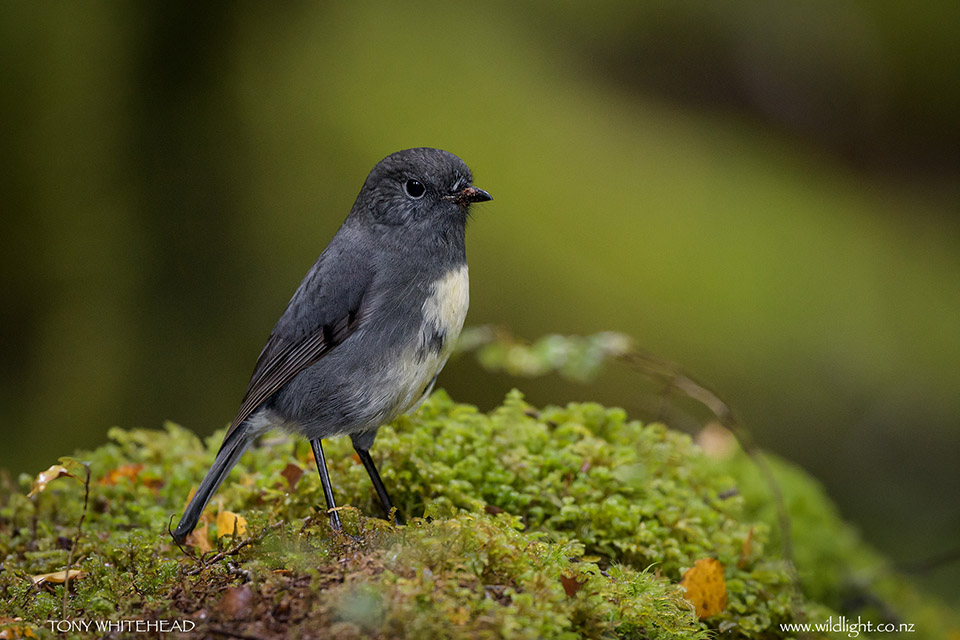
The experience was quite frustrating as I kept hearing the Rifleman but finding none low enough to get what I was hoping for. After a couple of hours of moving slowly up and down the track localising calls and looking for birds I was getting tempted to call it a day. A heavy camera pack, heavy lens and craning neck had built up enough back pain to make itself unpleasant. Heading slowly down the track I found a beautiful male on a pillow of moss but he was gone before I could frame up anything. This added to my frustration as I was pretty sure that I would have got an image if using the 300mm f4PF. I got a distant image that was sweet but not what I was looking for. Heading a little further I finally found an extremely co-operative female foraging in moss low on a tree trunk.
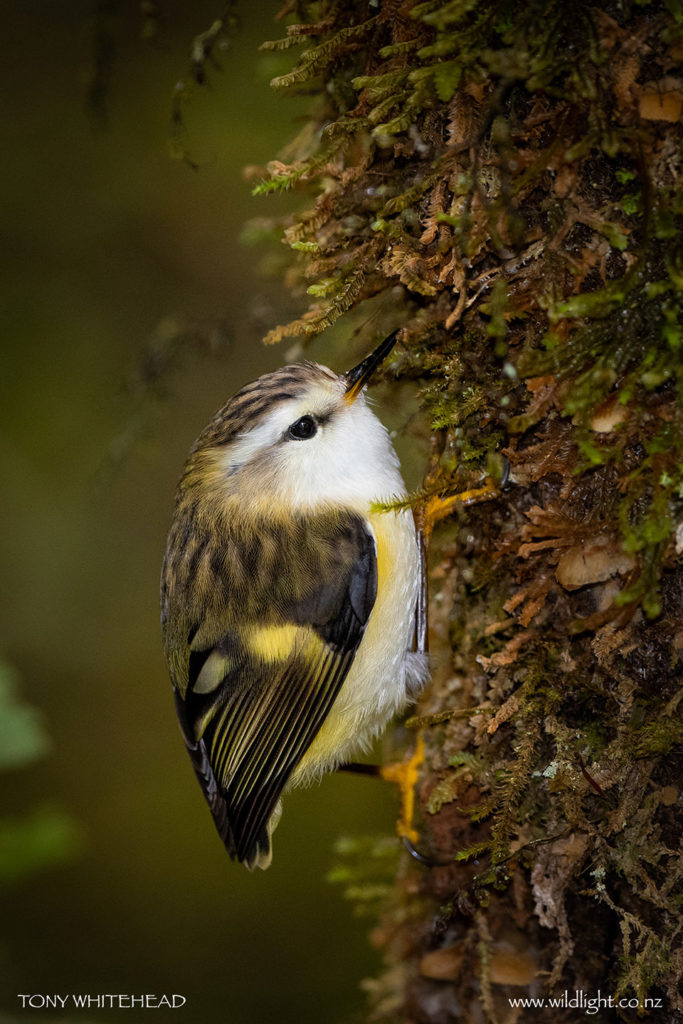
She gave me the opportunity to make a few frames before heading off and on checking my LCD the well lit sharp frames with the tiny bird filling a significant part of them was a rush of excitement that completely flushed the pain in my back and switched my mood from frustration to euphoria. It is times like this that remind me of why I chase birds that aren’t always easy. Looking at the Rifleman photo, framed on the wall of my office immediately reminds me of the experience and lifts my day whatever has come my way. Next time I will have to try and get a closer photo of a male Rifleman.
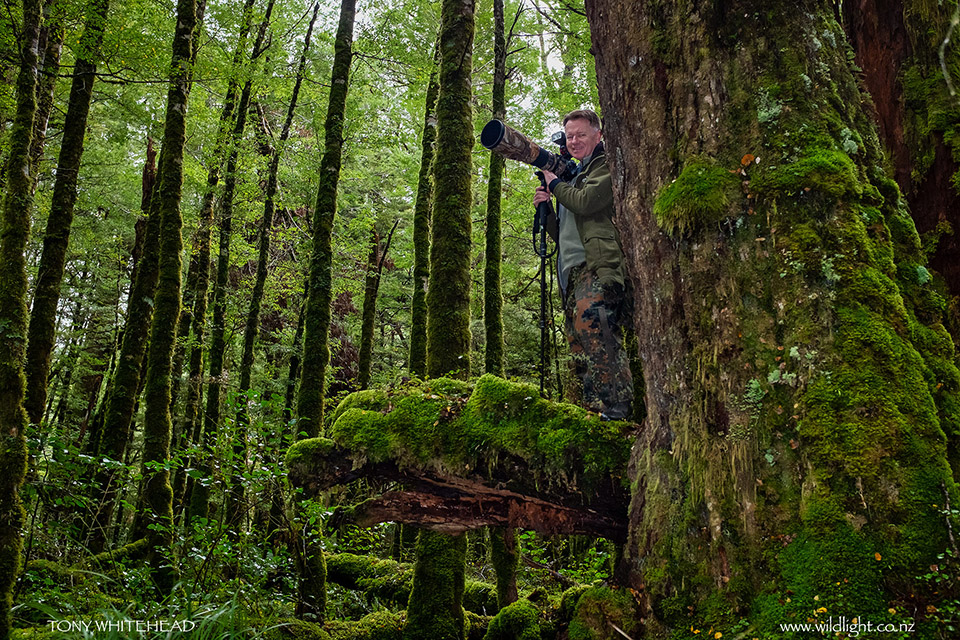
Rifleman are generally considered New Zealand’s smallest bird. The Grey Warbler is similar in weight but has a longer tail so appears larger. For more information on this cute little birds see New Zealand Birds Online.
All bird photos with Nikon D500 and Nikon 500mm f4VR supported on Gitzo monopod and Nikon SB900 flash. Portrait of me in the Beech forest taken by Ang with Fuji X100s.
